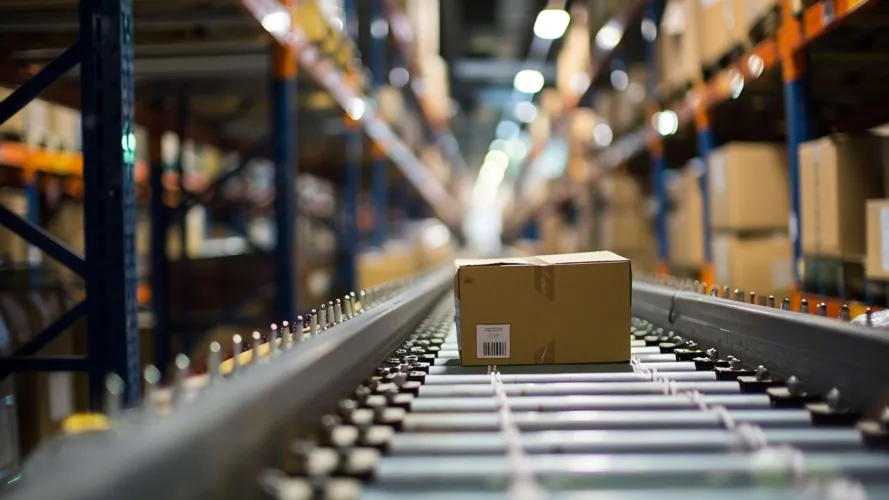Vietnam’s energy landscape is changing fast. The country’s growing industrial sector is driving record-high energy demand, while declining domestic coal production and new environmental standards are forcing a transition. As a result, Vietnam is turning to liquefied natural gas (LNG) as a key solution. This Vietnam LNG Import Surge marks a crucial shift in how the country powers its future industries and cities.
Balancing Energy Demand and Environmental Goals
Vietnam’s LNG imports are climbing sharply. By 2025, the country’s LNG import volume is projected to reach about 5 million tonnes, and by 2030, this figure is expected to double to 10 million tonnes, according to ASEAN Energy (2023). This rapid growth shows how LNG is becoming central to Vietnam’s energy security strategy.
In the first half of 2025 alone, total gas intake — including imported LNG — reached 3,240 million cubic meters, accounting for roughly 45.5% of the full-year forecast. This reflects strong momentum in LNG shipments arriving through ports like Thi Vai.
The data from PETRO VIETNAM GAS shows how quickly this growth is accelerating. The company expects to distribute 328 thousand tons of LNG in 2025 and 1,115 thousand tons in 2026 — representing a staggering 240% year-on-year increase. This steep climb highlights how Vietnam is racing to keep pace with its booming industrial power needs.
At the same time, government policies are encouraging this energy shift. In May 2025, Vietnam lowered LNG import tariffs from 5% to 2%, making it easier and cheaper to bring in fuel. The tariff cut, coupled with expanding import infrastructure, is boosting the country’s supply capability and encouraging private sector participation.
Meanwhile, domestic coal production continues to decline, and stricter environmental policies are steering Vietnam toward cleaner energy. The government plans to develop 13 LNG-to-power plants with a total capacity of 22.4 gigawatts by 2030, positioning LNG as a bridge fuel in the country’s transition away from coal.
One major development supporting this vision is the expansion of the Thi Vai LNG terminal. Currently operating with a capacity of 1 million tons per year, it is set to triple its capacity to 3 million tons annually by 2029. This expansion ensures stable LNG supplies to power plants and industrial users while reducing the country’s carbon footprint.
Rising demand is also shaping market prices. PETRO VIETNAM GAS projects LNG prices will increase by around 1–1.2% annually, reflecting growing gas-to-power consumption across Asia. Despite potential global oversupply, regional competition and infrastructure costs are expected to keep prices firm.
Altogether, Vietnam’s LNG import surge represents more than just an energy trade story — it’s a strategic realignment. The government is prioritizing cleaner fuels without slowing industrial growth. By pairing policy reforms, infrastructure investments, and sustainability goals, Vietnam is crafting an energy roadmap that can sustain its rapid economic rise.\







